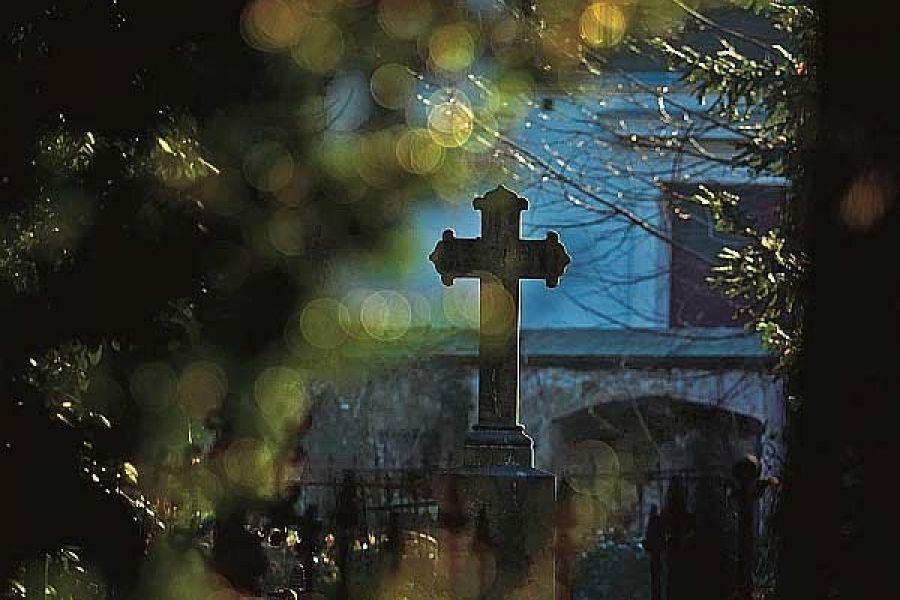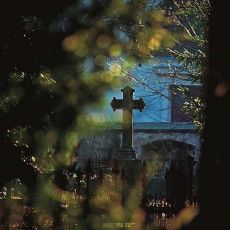Church of Peace in Świdnica
58-100 Świdnica
tel./fax.: 74 852 28 14
kom.: 603 331 578
e-mail: kosciol@kosciolpokoju.pl
Description
Before it began, the Świdniks could freely confess Luther's ideas, and Lutheran services were celebrated in the city.
After the outbreak of the war, evangelicals were deprived of their own faith and churches. According to the Westphalian peace, the Catholic Emperor Ferdinand III Habsburg was obliged by the Swedes to allow the evangelicals in hereditary principalities in Jawor, Głogów and Świdnica to build one so-called Church of Peace. The Habsburgs hardened that agreement: the evangelicals could build the temple only outside the city walls, without the towers and belfry, but only from impermanent materials - wood, sand, straw and clay. It could not resemble a church, and its construction could not exceed a year.
Two such churches were also established in Głogów (burned after a hundred years) and in Jawor (it still exists today).
The Church of Peace in Świdnica is a basilica on a cruciform plan, built in half-timbered technique (a wooden frame filled with mass of clay and straw).
The main body was then added to the Baptism Hall and the sacristy from the east, the Hall of the Dead from the west, the Wedding Hall from the south and the Hala Pole from the north. On the surface of 1090 sq m. there are 7.5 thousand. people. The baroque interior is dominated by an 18th-century rich wooden altar. A bas-relief above the mens presents the Last Supper. Above are placed the carved figures of Moses, high priest Aaron, Jesus, John the Baptist and apostles Peter and Paul. Between them, in the central place, there is a scene with the baptism of Christ in Jordan. Above six wooden Corinthian columns runs a frieze with the inscription: "Dies ist mein geliebter Sohn, an dem their Wohigefallen habe" ("This is my beloved son whom I am well pleased" - Matthew 3,17). The altar is crowned with a book with seven seals and a lamb with a banner.
The second dominant is the pulpit, also from the 18th century. Her basket is supported by Faith with the Cross, Hope with an Anchor and Love with a Child, and on the finial, an angel with a trumpet is proclaimed by the Last Judgment. The stairs to the pulpit are decorated with reliefs with the sending of the Holy Spirit, Golgotha and Paradise. On the rostrum was an hourglass divided into four half-hours, which measured the length of the sermon.
Seventeenth-century organs with a magnificent Baroque view, supported by two atlases, decorated with moving figurines of angels, have just been thoroughly renovated. Due to numerous repairs, large organs were often closed, therefore the second, small organs were built on the top empora above the altar. Empory runs on several levels, covered with 78 texts from the Bible and 47 allegorical scenes, richly decorated with epitaphs, guild shields, among others bakers, brewers, butchers, clothiers and portraits of burghers and nobility.
The most privileged families had their own lodges, among which the most impressive is the Hochberg Lodge, a sign of gratitude to the family of Count Johann Heinrich von Hochberg, who funded two thousand oaks, or two-thirds of the wood necessary for construction. The paintings on the ceilings depict the Holy Trinity, the Last Judgment, the Heavenly Jerusalem, the fall of Babylon. In the Baptism Hall, it is worth paying attention to the wooden, polychromed baptismal font from 1661, to the portraits of the clergy, who during three centuries celebrated religious services and their rich liturgical attire.
The church stands in the central place of the Peace Square, surrounded by a kilometer-long wall. Among the old trees, 17th and 18th century monuments adjoin each other: a belfry, a former Evangelical high school (currently Barokowy Zakątek guesthouse), a bellman house with a lavender garden (currently the UNESCO Promotion and Partnership Center), a guardian's house (Baroccacfe coffee house) and a necropolis which through 250 years was the only burial place for several thousand evangelicals. Prosperation after renovation will turn into the Lower Silesian Evangelical Institute, which will provide valuable parish collections: 300-year Bibles and old prints that make up one of the largest Lutheran archives in Poland.
After World War II, the Evangelical parish in Świdnica fell from a dozen or so thousand to a hundred faithful. Lower Silesian monuments on the UNESCO World Heritage List. It is also a symbol of reconciliation: in 1989, Prime Minister Tadeusz Mazowiecki and German Chancellor Helmut Kohl on the way to Krzyżowa prayed for peace here. In 2014, German Chancellor Angela Merkel and Prime Minister Ewa Kopacz took part in the ecumenical prayer for peace. It was a royal royal couple, Karol XVI Gustaw and Królowa Sylwia.
SIGHTSEEING:
APRIL-OCTOBER:
Monday - Saturday: 9.00-18.00 / Sunday and holidays: 12.00-18.00
NOVEMBER - MARCH:
Monday - Saturday: 10.00-15.00 / Sunday and holidays: 12.00-15.00
BRICK in the Fund for the Renewal of the Church of Peace:
10 PLN, 5 PLN (students and children), 8 PLN / person (Group of more than 25 people).
The object is for people in wheelchairs.
Visiting the church together with listening to the teacher's recording takes about 40 minutes.
Visiting the entire Peace Square for about 1-2 hours.
Location
Plac Pokoju 6, 58-100 Świdnica














Comments
comments powered by Disqus